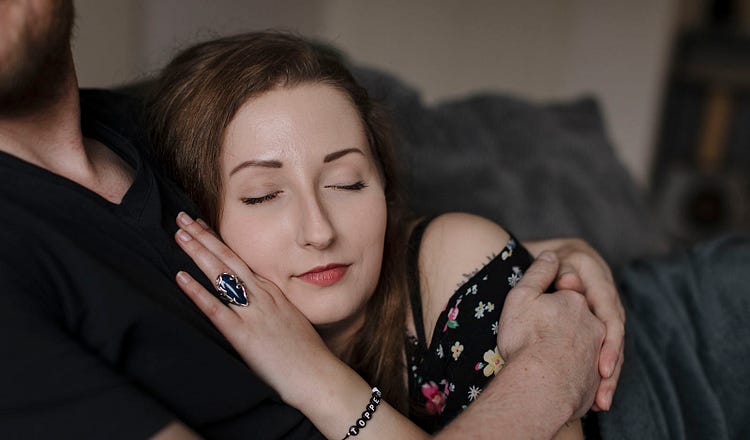She Was 29. And Doctors Helped Her Die.

Zoraya ter Beek, with her boyfriend, on the couch where she planned to die. Photographed on March 25, 2024. (Photos by Ilvy Njiokiktjien for The Free Press)
I told Zoraya ter Beek I understood her suffering, but hoped she would decide to live.
297
Even as a child, Zoraya ter Beek had a persistent wish to die. Growing up in the quaint Dutch town of Oldenzaal, she never felt as if she fit in. At the age of 21, she was diagnosed with autism; a year later, she started wearing a “Do Not Resuscitate” tag around her neck. Last Wednesday, her wish was finally granted: after a three-year wait, Zoraya ende…
Continue Reading The Free Press
To support our journalism, and unlock all of our investigative stories and provocative commentary about the world as it actually is, subscribe below.
$8.33/month
Billed as $100 yearly
$10/month
Billed as $10 monthly
Already have an account?
Sign In


